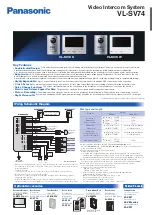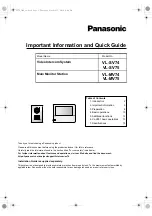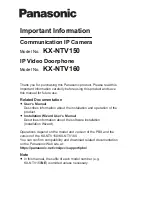
11
13.
SENSOR MOUNTING AT STORAGE TANK
On the American Appliance open loop tanks the
heat sensor is located behind the bottom front cover
Procedure:
1.)
Remove the two screws that secure the bottom
cover to the tank.
2.)
Remove the fiberglass insulation until the shell
of the tank is visible.
3.)
Locate the ¼” threaded stud and nut and the
two sensor wires that were factory run from the
top of the tank.
4.)
Remove the ¼” nut from the stud and place the
10 K snsors on the stud. Secure it with the nut.
5.)
Attach the wires on the sensor to the factory run
wires. Note: it does not matter which wire is
attached to the other.
6.)
Replace the insulation and bottom cover.
14.
DRAINBACK FLUID HANDLING SYSTEM
The drainback system is a non-pressurized closed
loop system. There are two variations available, the
“Eagle Sun
TM
” and the “Sav’n Sun
TM
” DX. The
“Eagle Sun
TM
” system utilizes a closed loop Rheem
tank with a wrap-around heat exchanger. The
“Sav’n Sun
TM
” DX system utilizes an open loop
solar storage tank with a heat exchanger inside the
drainback reservoir.
The “Sav’n Sun
TM
” DX Drainback System
(Figure 16)
This system is comprised to the following
components:
•
Two pumps (CP-009F and CP-003) and flange
(Optional: Substitute CP-009F with CP-008F)
•
One storage tank (OST-80TCE)
•
One differential controller (DTC-GL30)
•
One drainback reservoir with heat exchanger
(DB-10-10X)
Two fill valves (½” boiler drains) are installed on
the inlet to the heat exchanger and one on the top of
the drainback reservoir. A hose is attached to the
drain valve on the inlet to the heat exchanger. The
other drain valve located at the top of the reservoir
is opened to allow air to escape. The system is then
filled with water through the inlet to the heat
exchanger. This way water first fills the heat
exchanger then fills the drainback reservoir. You
want to fill the reservoir unit the water level reaches
the top of the site glass. At this point both drain
valves are closed and the water is shut off. It is
important that the system be filled in this manner to
prevent the heat exchanger from becoming air
locked.
When the differential control turns the pump on,
water is pulled from the reservoir and circulated up
through the solar collectors and back. This
circulated water heats the heat exchanger, which in
turn heats the water in the solar storage tank. When
the pump shuts off, all the water in the solar
collectors is drained back into the reservoir.
It is important to slope the lines going to and
coming back form the collectors so water is able to
drain. It is recommended to maintain a ¼” slope per
foot. The pipe should never run uphill. Some
installations may require a horizontal run of these
pipes. In these situations a gallon of propylene
glycol can be added to the reservoir. If the
drainback reservoir is located in an unconditioned
space that experiences hard freeze, once again, a
gallon of propylene glycol can be added.

































